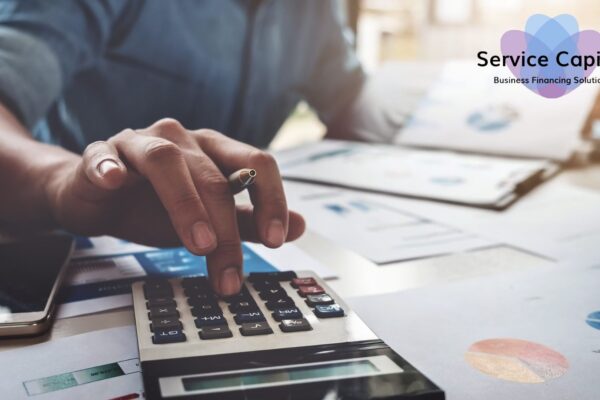Searching for New Equipment Loan: Service Capital
A New Equipment Loan might be a practical option for firms that need to buy new equipment to support their operations or development goals but lack the upfront funding. Equipment loans are specialized types of finance that let companies lease or buy the equipment they require while spreading the expense out over time. It’s critical for firms to analyse their equipment demands, budget, and financial resources when thinking about a New Equipment Loan. Businesses should choose wisely when financing the purchase of new equipment by comparing loan choices from several lenders, carefully reading the terms and circumstances, and consulting financial experts. The financing of the purchase of new machinery, cars, or other physical assets required for business operations is the sole purpose of new equipment loans. Businesses that take out loans can keep their cash flow and working capital for other necessary costs and expenditures.
Depending on their unique requirements and circumstances, firms can choose from a variety of equipment loans:
- Traditional Term Loan: This is a simple loan where the company borrows a certain sum to buy the equipment. Over a certain period, the loan is paid back in set monthly payments. The equipment is fully owned by the company at the conclusion of the loan period.
- Equipment Lease: Businesses can utilize the equipment under an equipment lease in exchange for recurrent leasing payments for a certain amount of time. The firm often has three options at the conclusion of the lease term: buying the equipment outright, upgrading to newer equipment, or returning it.
- Equipment Financing Agreement: This choice is comparable to a lease but gives the company more freedom and ownership rights. The equipment is often available for purchase at the conclusion of the financing agreement at a preset price. The financing arrangement is set up such that the firm pays recurring payments to utilize the equipment.
- Loan Amount and Terms: The cost of the equipment, the creditworthiness of the company, and the lending institution’s rules are just a few of the variables that will affect the loan amount and conditions. Lenders typically finance a sizeable amount of the equipment’s cost, which can be between 80% and 100%. Depending on the anticipated usable life of the equipment, loan lengths might vary, although they frequently range from one to seven years.
- Collateral and Creditworthiness: Equipment acts as collateral for equipment loans, which are frequently secured by the equipment itself. When establishing eligibility and loan terms, lenders may also take into account the business’s creditworthiness, financial history, and cash flow.






